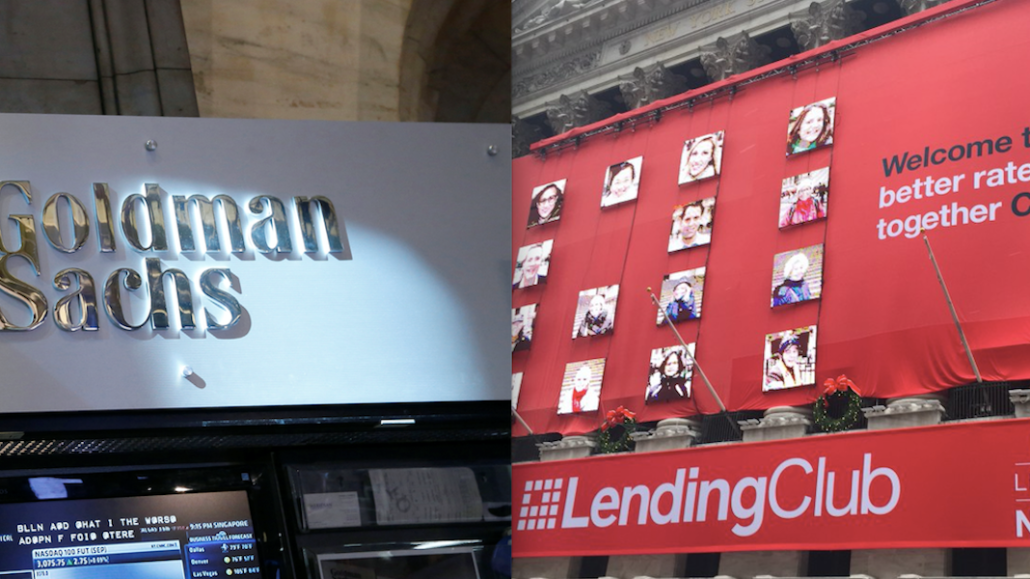Goldman Sachs’ Marcus is winning the personal loans arms race

Marcus by Goldman Sachs said it was going to lend $2 billion to customers by the end of this year. As of late Monday, it had already done that.
The announcement follows a gloomy earnings season for online lending companies, whose personal loans rival Marcus’. Lending Club has reported losses exceeding $200 million over the last six quarters; Prosper has lost $210 million since the start of 2016, despite various cost-cutting measures, and lost its unicorn status. Even OnDeck Capital, which focuses on small businesses, is struggling to become profitable, having reported losses over eight consecutive quarters. On top of it, the Cleveland Federal Reserve Bank laid into such companies in a report Thursday, calling online lending a “predatory” business requiring more regulation.
Even though Goldman launched Marcus about a decade after online lenders emerged, Marcus has had a head start in the personal loans race all along. The Lending Clubs of the world addressed a need when people couldn’t get access to loans from traditional banks following the financial crisis; they were technology companies invading the financial sector promising access to loans and a better, faster customer experience for higher rates and more fees.
But for Goldman, it’s taken a fraction of the time to set up a sub brand and begin accepting customer deposits from everyday customers. And that’s not just to rival JPMorgan, Citi or Wells Fargo, but to challenge “new” consumer lenders. (Earlier this month, however, it announced its online-only consumer deposits business, currently branded GS Bank, will be folded into Marcus by the end of the year.) Marcus passed $1 billion in loans this summer.
More in Marketing

Why the New York Times is forging connections with gamers as it diversifies its audience
The New York Times is not becoming a gaming company. But as it continues to diversify its editorial offerings for the digital era, the Times has embraced puzzle gamers as one of its core captive audiences, and it is taking ample advantage of its advantageous positioning in the space in 2024.

Why B2B marketers are advertising more like consumer brands to break through a crowded marketplace
Today’s marketing landscape is more fragmented than ever. Like consumer brands, business brands are looking to stand out in a crowded and competitive marketplace, making marketing tactics like streaming ads, influencers and humorous spots more appealing.

As draft puts WNBA in spotlight, the NBA is speeding up ballplayers’ transition to creators
The NBA’s star athletes are its greatest marketing asset.





